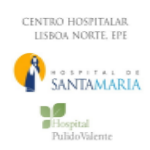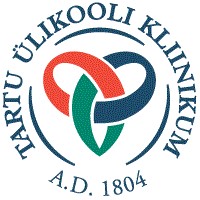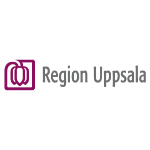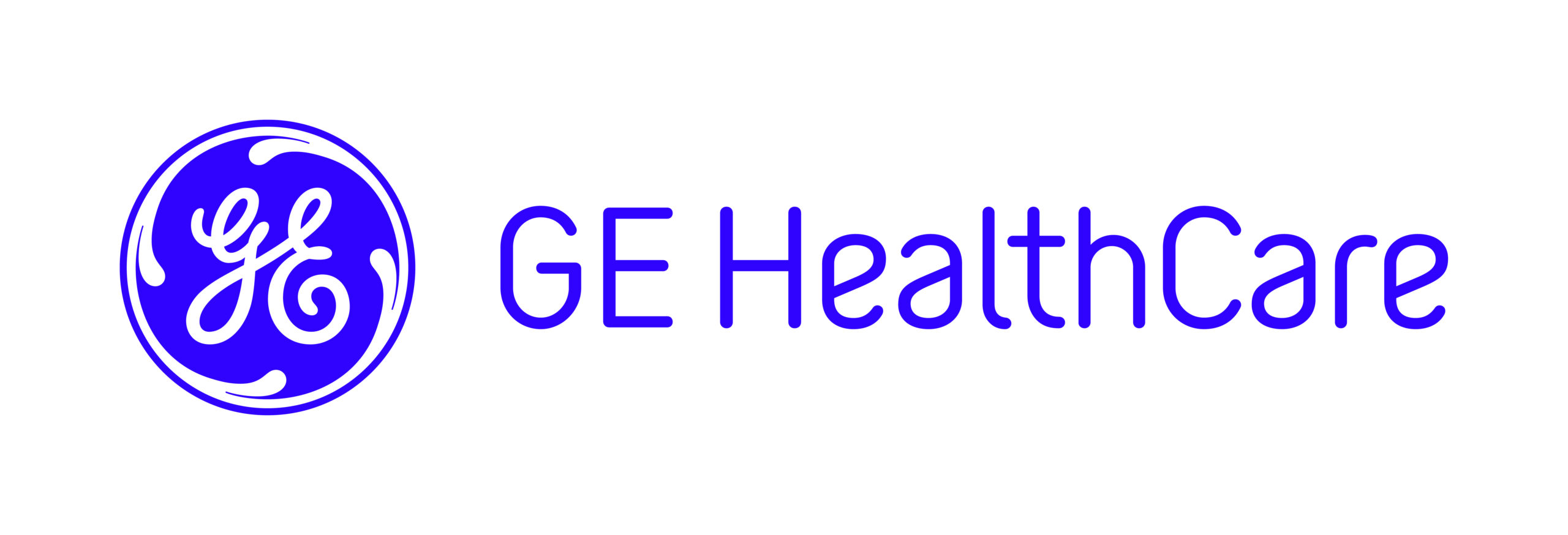Genetics-based test for breast cancer risk
The challenge
Worldwide, breast cancer is the most common cancer in women, with over 2 million new cases each year.[1] In Europe, mammographic screening of women aged 50-74 diagnoses approximately 58% of all breast cancer cases.[2] Mammography is cost-effective and reduces the risk of dying from breast cancer by 20-40%.[3][4][5]
Women’s risk of breast cancer depends on many environmental and genetic factors.[6] Yet, in Europe, only age-based selection is used for mammographic screening. The lack of risk-based selection for screening affects outcomes for patients.
At risk women under 50 are not commonly screened, even though this group accounts for more than 20% of breast cancer cases in Europe (over 117,000 patients).[7] A lack of effective screening for younger women means those affected by breast cancer are not diagnosed and treated as soon as they could be. As a result, women who are diagnosed at the age of 40 years or younger are currently 30% more likely to die from breast cancer than women diagnosed at the age of 51 to 60.[8]
Meanwhile, over screening causes problems for older women who are at low risk of breast cancer. Over screening of low-risk women over 50 leads to false positives, personal inconvenience and overdiagnosis.[9]
To improve the effectiveness of mammographic screening for breast cancer there needs to be a risk-based way to identify subgroups of women for targeted screening programmes. Targeted screening based on genetic risk could allow precision prevention of breast cancer. This could decrease the societal and economic burden of the condition, while adding healthy life years for participating women.[10]
The solution
The BRIGHT project team are working on a genetics-based test for breast cancer risk, to identify those who would benefit from targeted breast cancer screening. The solution is a predictive, polygenic risk score test, which has been evaluated and validated using population data from both the Estonian and UK Biobank.
A polygenic risk score tells you how a person’s breast cancer risk compares to others with a different genetic constitution. The test enables targeted screening through genetic risk estimation, for women from the of age 35. Test results will be provided with follow-up actions for future risk management.
The solution will help to enable the identification of breast cancer in younger women whose condition may have otherwise been missed or diagnosed at a later stage. It will also help to reduce mortality rates in the younger age group.
Expected impact
The project team plan to develop their test so that it complies with The European Union In Vitro Diagnostics Regulation. They will conduct three clinical pilot studies and cost-efficiency analyses of the precision breast cancer screening approach using Estonia, Sweden, and Portugal as initial test sites. Their aim is to drive large-scale adoption of their polygenic risk score approach to breast screening management.
By enabling precision prevention by targeted screening, BRIGHT promises to improve patient outcomes and significantly reduce breast cancer mortality. The project also has the potential to reduce the societal burden of breast cancer and save costs from the treatment of advanced cancer. Ultimately, BRIGHT promises to increase quality of life for women with a high risk of breast cancer, through early detection and more successful treatment.
External Partners
- Antegenes OÜ
- Estonian Health Insurance Fund
References
[1] Based on calculations using data from: (IARC), T., 2022. Global Cancer Observatory. [online] Gco.iarc.fr. Available at: <https://gco.iarc.fr/> [Accessed 11 April 2022].
[2] Based on calculations using data from: (IARC), T., 2022. Global Cancer Observatory. [online] Gco.iarc.fr. Available at: <https://gco.iarc.fr/> [Accessed 11 April 2022].
[3] Marmot, M. G. et al. (2013). The benefits and harms of breast cancer screening: an independent review. British journal of cancer, 108(11), 2205–2240.
[4] Myers, E. R. et al. (2015). Benefits and Harms of Breast Cancer Screening: A Systematic Review, JAMA. 314(15, 1615–1634.
[5] Tabár, L. et al. (2019). ‘The incidence of fatal breast cancer measures the increased effectiveness of therapy in women participating in mammography screening’, Cancer, 125(4), 515–523.
[6] Fasching, P. A., et al. (2011). Breast Cancer Risk – Genes, Environment and Clinics. Geburtshilfe und Frauenheilkunde, 71(12), 1056–1066.
[7] (IARC), T., 2022. Global Cancer Observatory. [online] Gco.iarc.fr. Available at: <https://gco.iarc.fr/> [Accessed 11 April 2022].
[8] Partridge, A. H. et al. (2016). Subtype-Dependent Relationship Between Young Age at Diagnosis and Breast Cancer Survival. Journal of Clinical Oncology, 34(27), 3308–3314.
[9] Houssami, N. (2017). Overdiagnosis of breast cancer in population screening: does it make breast screening worthless?’, Cancer biology & medicine, 14(1), 1–8.
[10] Mühlberger, N. et al. (2021). Cost effectiveness of breast cancer screening and prevention: a systematic review with a focus on risk-adapted strategies. The European journal of health economics : HEPAC : health economics in prevention and care. Germany, 22(8), 1311–1344.
Members

CLC/InnoStars: Scandinavia
Partner classification: Education, Research
Partner type: Core Partner
The University of Tartu (UT) is the oldest and largest university in Estonia and is one of the leading education institutions teaching medical and health sciences. The UT is a core partner of EIT Health in the Scandinavian co-location centre and actively collaborates with its linked third party, Tartu University Hospital, and Tartu Biotechnology Park, the Regional Innovation Scheme hub of EIT Health in Estonia. The UT has a portfolio of successful spin-offs in medtech, biotech, pharma etc., and is involved in several business incubators and student training networks. Tartu University Hospital is the largest teaching hospital in Estonia and a strong partner in research and education, providing direct access to clinical trials and patient feedback. The Estonian Biobank owned and curated by the UT is a population-based biobank, consisting of samples and rich eHealth data (from national registers) of over 200,000 gene donors. The Institute of Genomics has a strong competence in genomics, metabolomics, etc. The expertise of the UT Faculty of Medicine includes R&D competencies in innovative anticancer drug candidates, point-of-care diagnostics of infectious diseases, also nutritional and behavioural sciences. Estonia has many encrypted digital population-wide data repositories incorporated into government functions that link the nation’s various databases through end-to-end encrypted pathways (incl. digital medical records, e-prescriptions), opening up piloting opportunities for innovative healthcare solutions and new business models. The University of Tartu is in the lead of developing the Estonian healthcare system by offering its residents genome-wide genotyping that will be translated into personalised reports for use in everyday medical practice through the national e-health portal. The UT’s ambition is to develop and scale up personalised medicine and healthcare solutions in cooperation with EIT Health, national and local governments, startups and companies. The UT is interested in offering its unique competencies in personalised medicine and e-health, population-wide data repositories, using Estonia as a test site for innovative solutions, access to graduate students, acting medical professionals and patients (in Tartu University Hospital) and cooperation with the National Health Board, Health Insurance Fund and other stakeholders.
Key Activities in Corporate Innovation
Medtech, Pharma, Diagnostics, Consumer products, Nutrition, Personalised medicine
Key Activities in Social Innovation
Healthcare provision
Key Activities in Business Creation
Incubation, Technology transfer, Testing & Validation
Key Activities in Education
Entrepreneurship training, Medical faculties, Healthcare professional education/training


CLC/InnoStars: Spain
Partner classification: Business, Education
IESE Business School is dedicated to training professional managers, with international educational programmes, including those with a particular focus on innovation management in the Health sector. IESE Centre for Research in Healthcare Innovation Management (CRHIM), created in 2012, builds on over 30 years of expertise in the sector. It enables public and private R&I projects to become a reference centre for health innovation management. Specialist areas include: Health management, health economics, business development, executive education, capacity-building activities.
IESE Business School (CHRIM)
IESE Business School (CHRIM), Av. de Pearson, 21, 08034 Barcelona, Spain
Key Activities in Business Creation
Finance & Investment, Business coaching
Key Activities in Education
Business Schools, Entrepreneurship training, Technical faculties, Healthcare professional education/training


CLC/InnoStars: InnoStars
Partner classification: Hospital / University Hospital
The Unidade Local de Saúde de Santa Maria (ULSSM) was created on 1 March 2008, by Decree-Law Nr. 23/2008, on 8 February 2008, from the amalgamation of Santa Maria Hospital and Pulido Valente Hospital. These are two important University Schools are worth being mentioned in the Portuguese National Health Service. The Unidade Local de Saúde de Santa Maria (ULSSM) has considerable abilities in human resources, applied technologies and accumulated know-how, along with the support it gives to populations from its area of direct influence. It offers a differentiated reference in multiple clinical areas, both regionally and nationwide, including in Portuguese-speaking African countries (the PALOP).
Unidade Local de Saúde de Santa Maria (ULSSM)
Centro Hospitalar de Lisboa Norte, EPE, Av. Egas Moniz 1649, 2070, Portugal
Key Activities in Corporate Innovation
Pharma, Diagnostics, Imaging
Key Activities in Social Innovation
Healthcare provision
Key Activities in Business Creation
Incubation, Testing & Validation
Key Activities in Education
Medical faculties, Healthcare professional education/training


CLC/InnoStars: Scandinavia
Partner classification: Hospital / University Hospital Hospital
Partner type: Linked/Affiliated Party
Tartu University Hospital is the largest provider of medical care in Estonia, and all of the fields practised in the country are represented here. As Tartu University Hospital is the only hospital of its kind in Estonia, it plays a substantial role in both the undergraduate and post-graduate lives of students, as well as in the development of the country's medical science. Education and research are undertaken in close collaboration with the Medical Faculty of Tartu University. The Hospital also runs programmes of further education for employees of other hospitals and primary care units. The lecturers and researchers in Tartu have a long tradition of collaboration with colleagues from across Europe and elsewhere in the world.
Tartu University Hospital
Key Activities in Research and Developement
Clinical research
Key Activities in Corporate Innovation
ICT, Diagnostics
Key Activities in Social Innovation
Healthcare provision
Key Activities in Business Creation
Testing & Validation


CLC/InnoStars: Scandinavia
Partner classification: Research, Municipality / City, Hospital / University Hospital
Partner type: Associate Partner
Region Uppsala delivers health care services, both primary and highly specialised, to the wider healthcare region. Our university hospital, through leading medical research across a number fields, both delivers and develops excellence in care provision. We also head-up and coordinate broader regional development, across the eight municipalities of the county and in close cooperation with the Uppsala’s two universities and regional business.
Key Activities in Social Innovation
Healthcare provision, Payers


CLC/InnoStars: InnoStars
Partner classification: Business, Education, Research
GE Healthcare, as a leading provider of medical imaging, monitoring, biomanufacturing, and cell and gene therapy technologies, enables precision health in diagnostics, therapeutics and monitoring through intelligent devices, data analytics, applications and services. With over 100 years of experience in the healthcare industry and more than 50,000 employees globally, the company helps improve outcomes more efficiently for patients, healthcare providers, researchers and life sciences companies around the world.
GE Healthcare
Key Activities in Research and Developement
Other research, Biomedical engineering, Life Sciences, Clinical research
Key Activities in Corporate Innovation
Pharma, Med Tech, ICT, Diagnostics, Imaging
Key Activities in Business Creation
Incubation, Finance & Investment, Business coaching, Testing & Validation
Key Activities in Education
Business Schools, Entrepreneurship training, Healthcare professional education/training

| Research Professor | Estonian Biobank / Institute of Genomics, University of Tartu
Contact